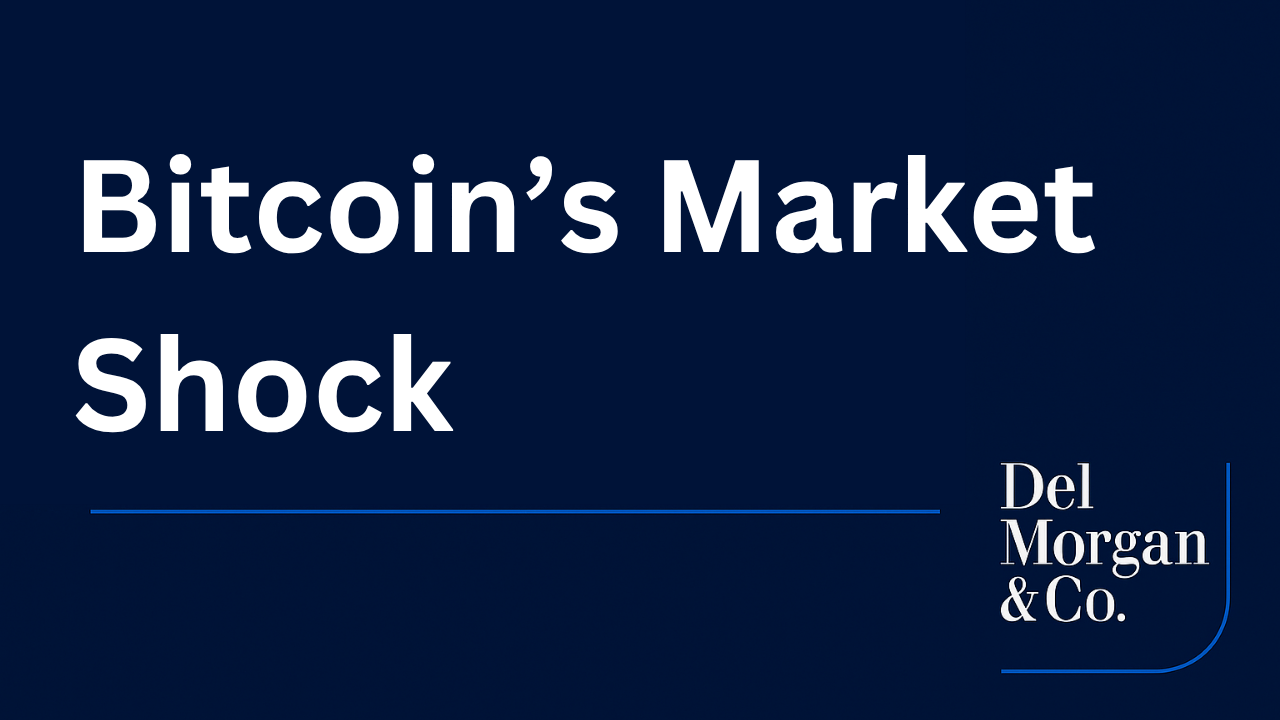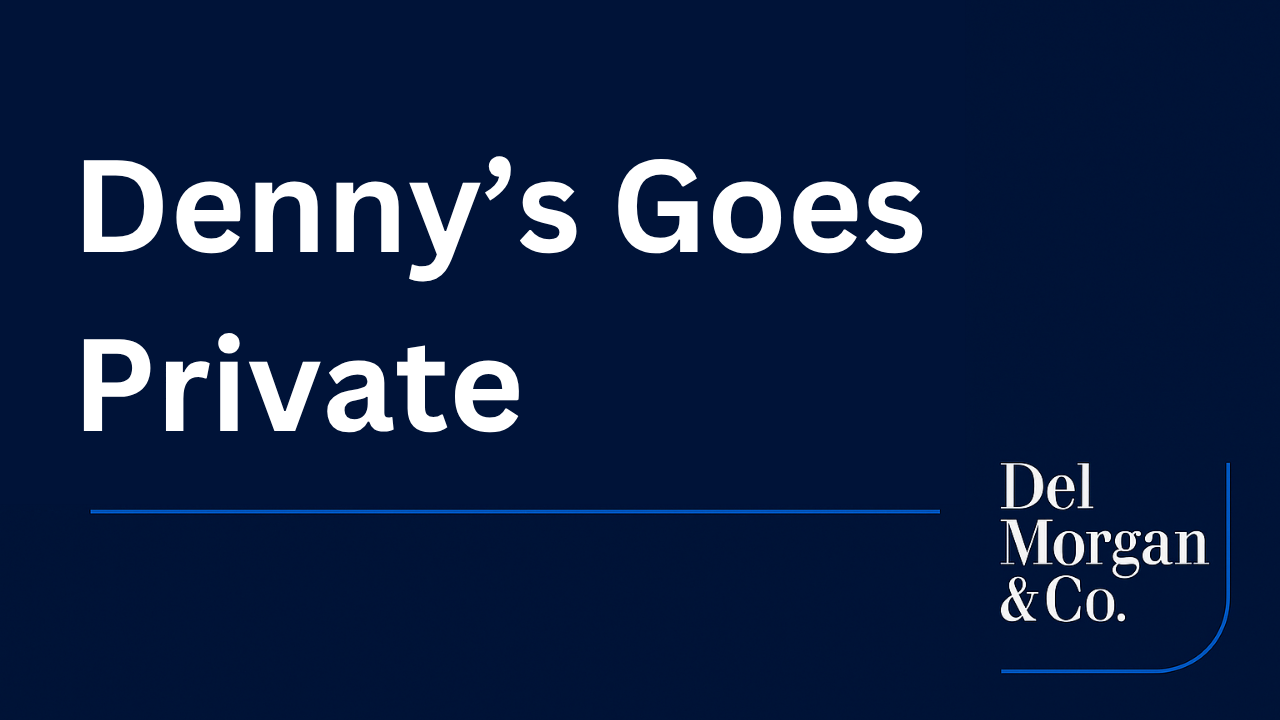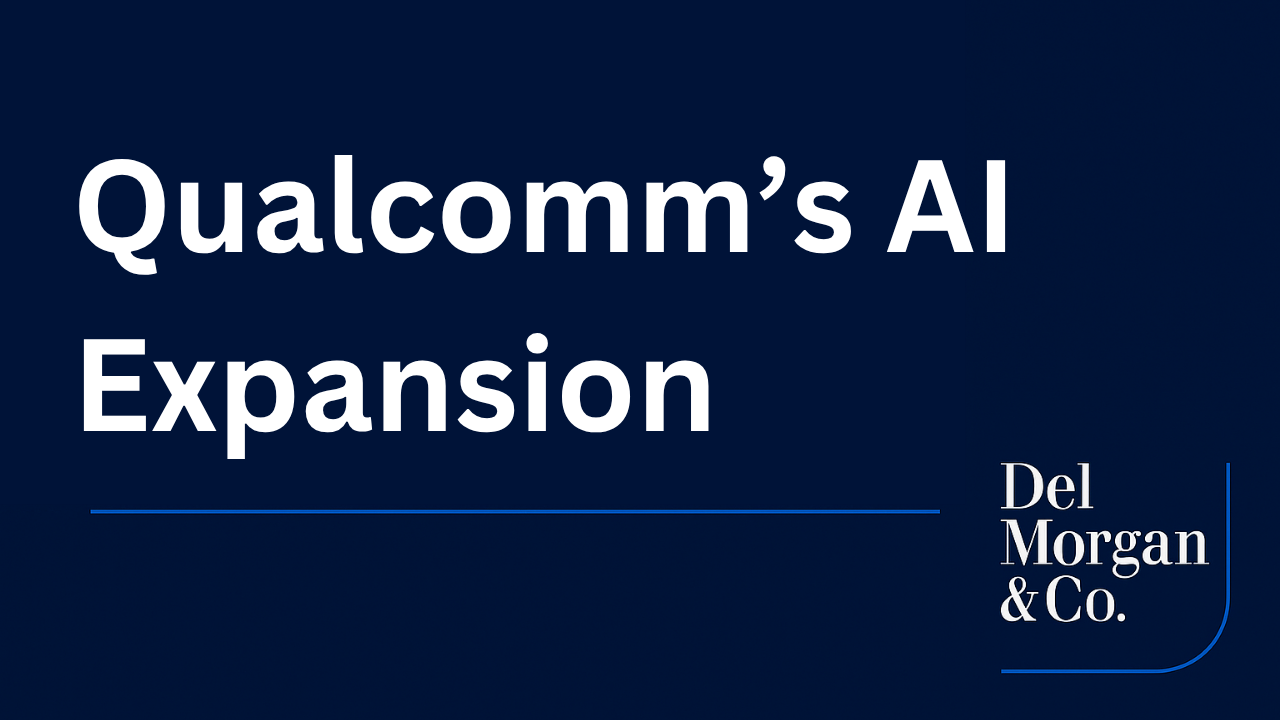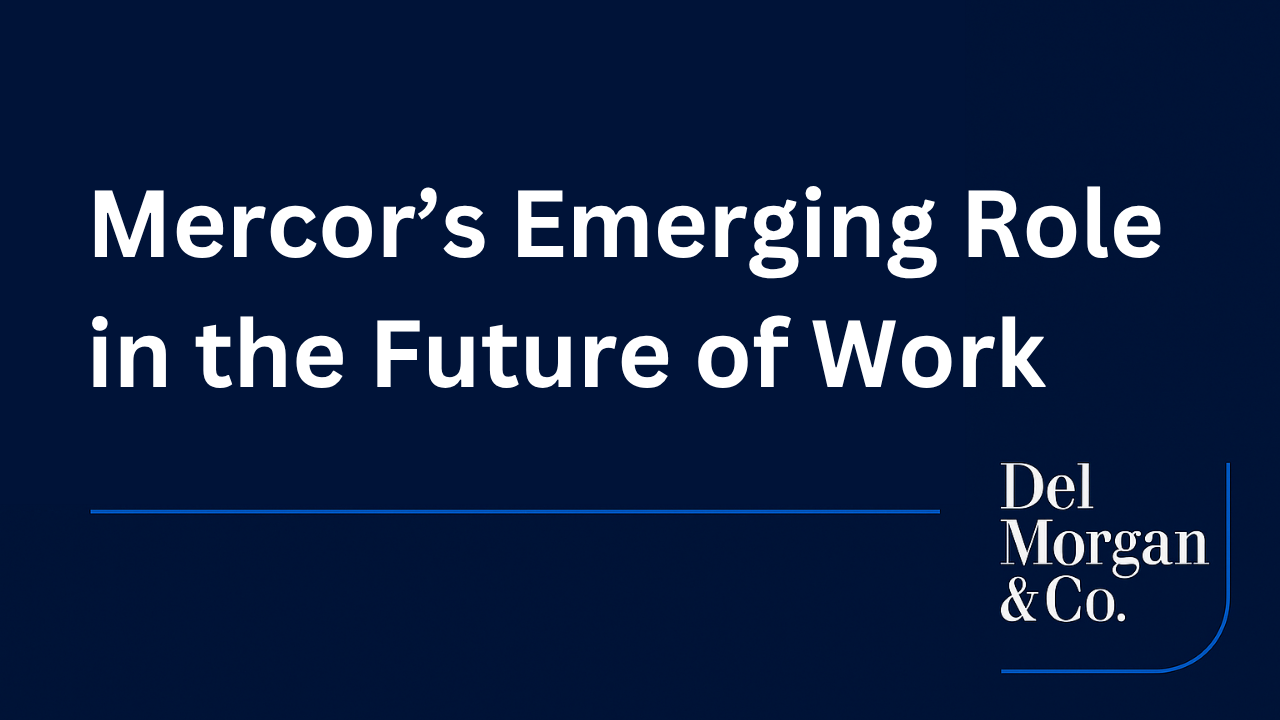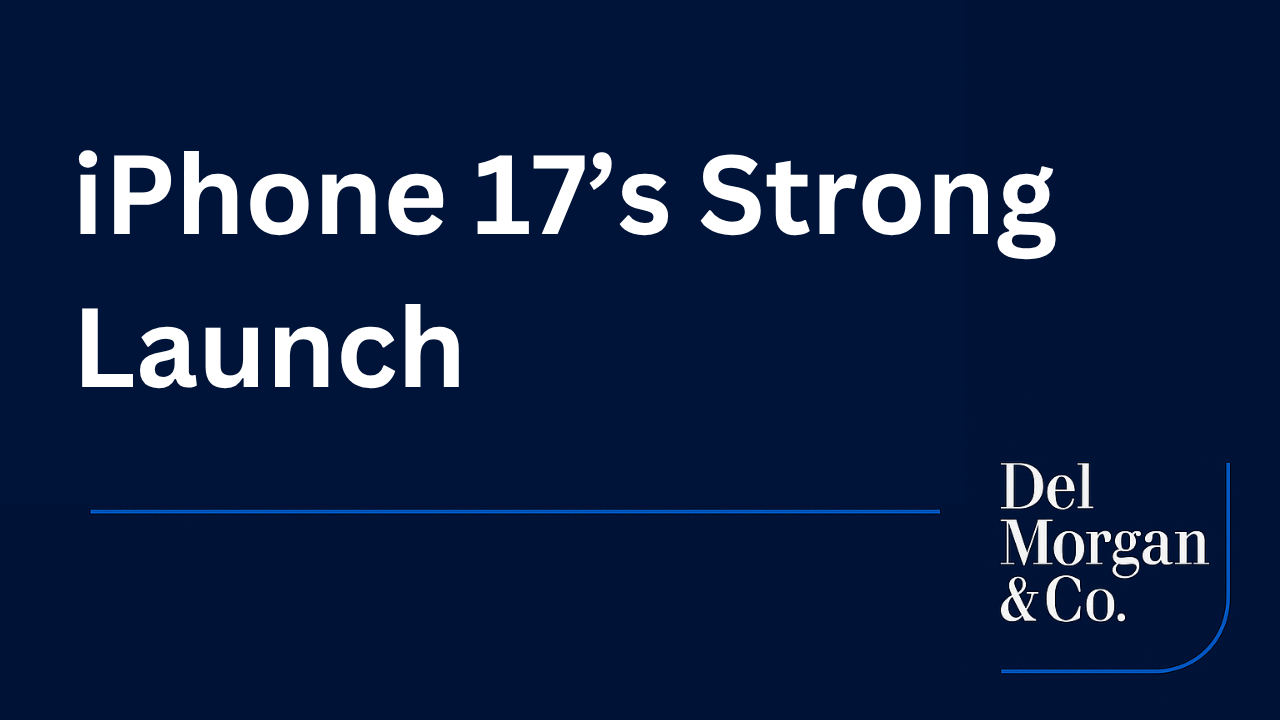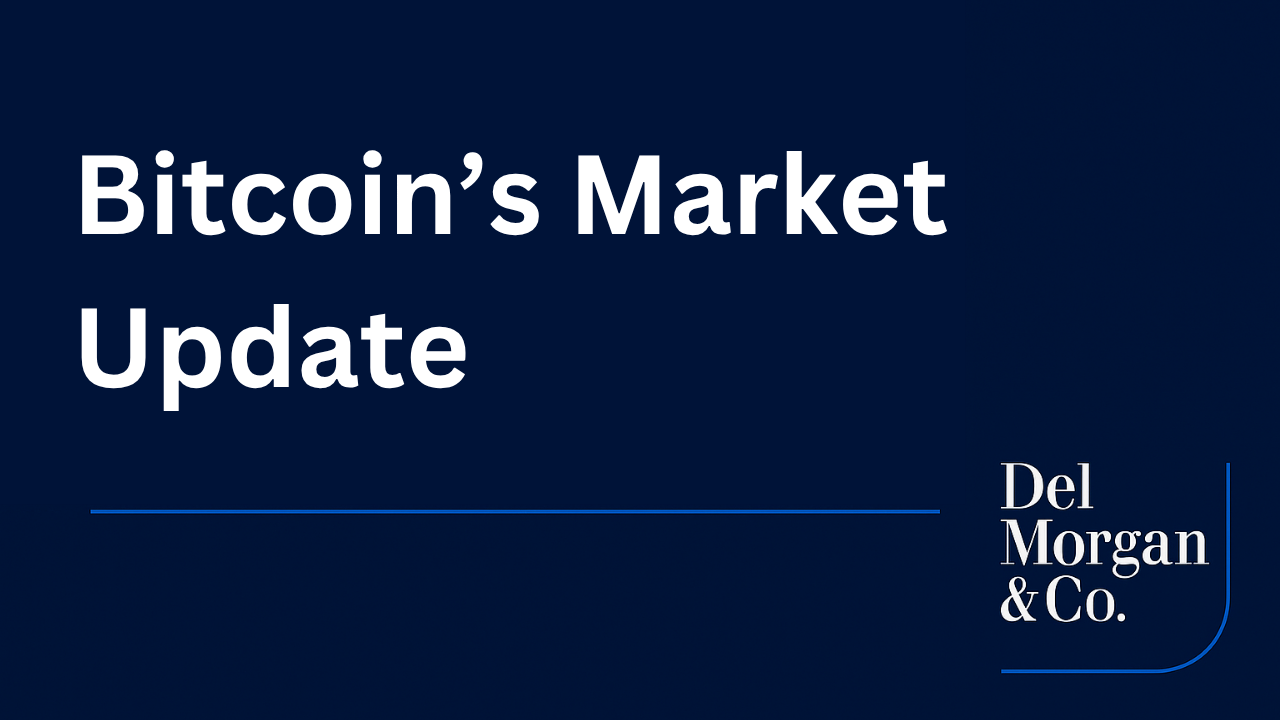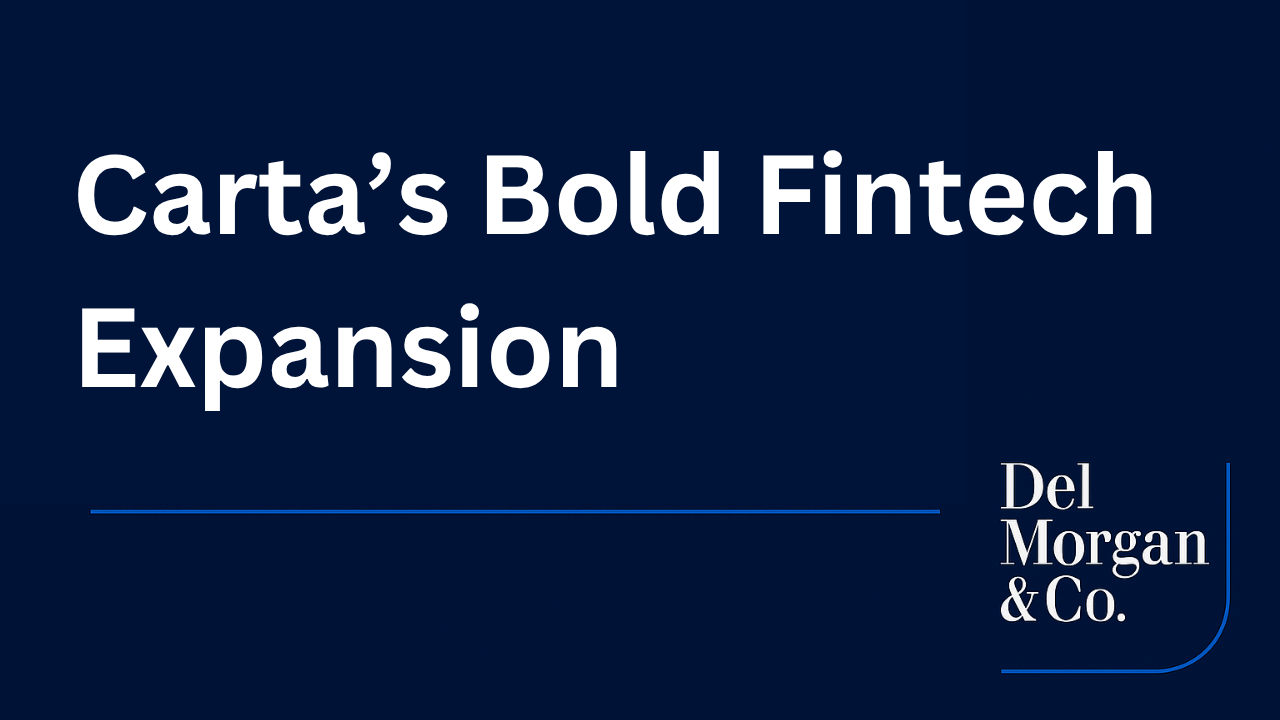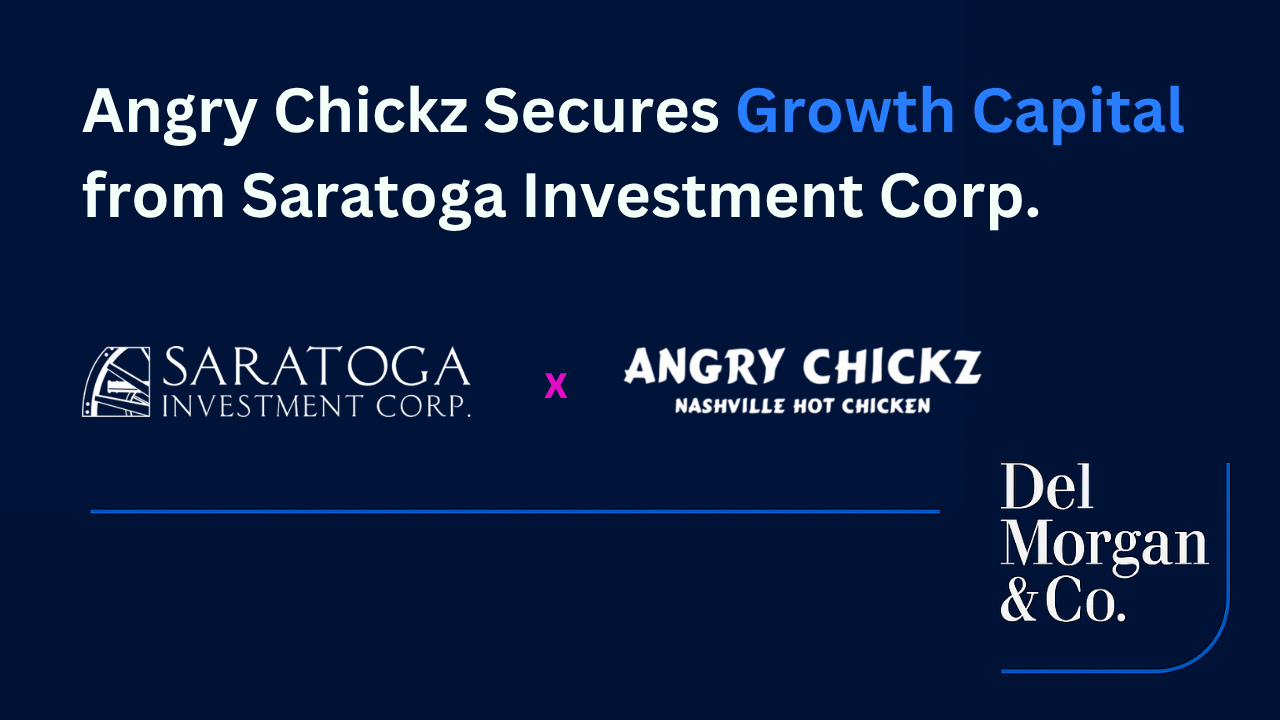Elon Musk’s recent appointment of Anthony Armstrong as Chief Financial Officer of both xAI and X marks a consequential development in the evolving architecture of his technology holdings. This move signals a pivot toward increased financial discipline, deeper integration of artificial intelligence with social media infrastructure and renewed focus on scaling operations. As the tech sector observes this change, the implications for funding, monetization and competitive positioning are expected to reverberate across the industry.
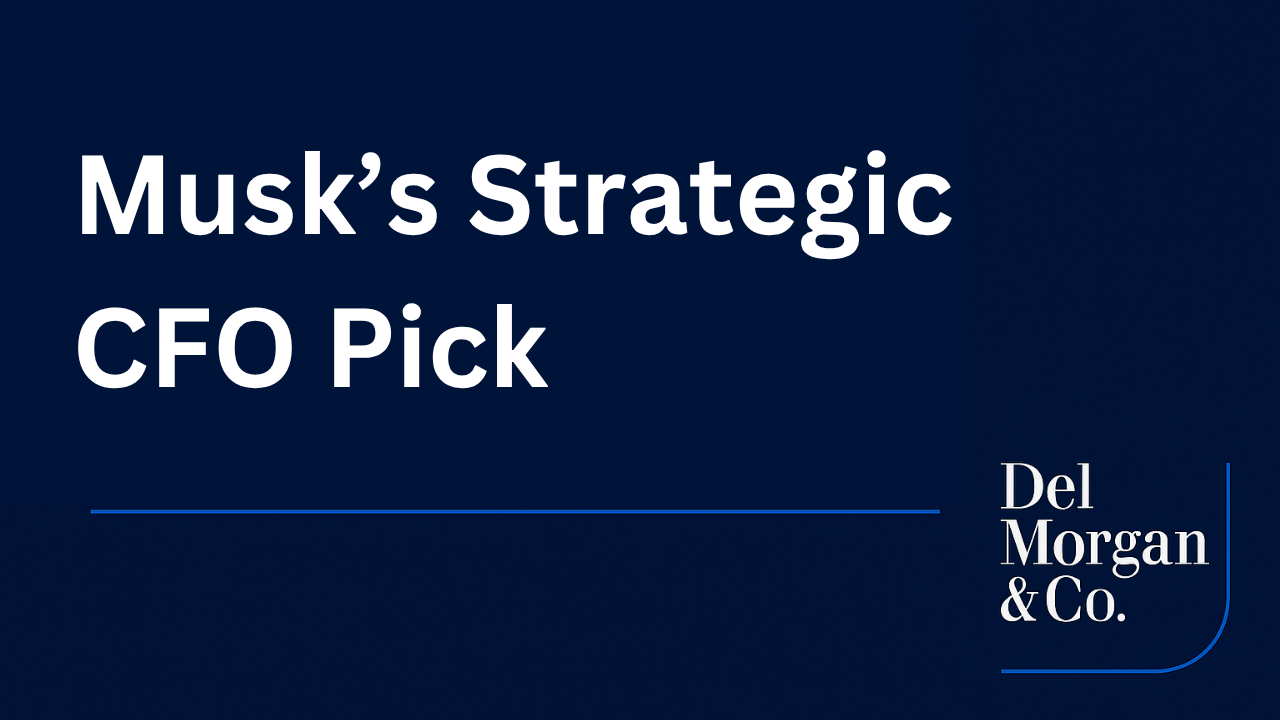
Who Is Anthony Armstrong?
Anthony Armstrong is a seasoned dealmaker and former Morgan Stanley banker, whose experience centers on technology mergers & acquisitions and capital markets activity. According to reporting in the Financial Times and elsewhere, Armstrong has already been working with xAI in an advisory capacity before being formally appointed as CFO. His prior role advising Musk during the Twitter acquisition provides Armstrong with historical institutional insight into Musk’s financial and strategic style.
Before this move, X had installed Mahmoud Reza Banki, formerly of the streaming platform Tubi, as CFO, in November 2024. Concurrently, xAI had been guided by finance operations under other executives (including prior CFO Michael Liberatore) within its nascent structure. However, Musk’s unifying the finance function under Armstrong underscores a tighter operational alignment between the formerly separate entities.
Integration of Finance Across AI and Platform: Transforming Organizational Synergy
One of the most consequential shifts inherent in Armstrong’s appointment is the merging of financial oversight for both xAI and X. This arrangement follows the formal acquisition of X by xAI in March 2025, executed as an all-stock transaction that created a combined entity valued at roughly $113 billion. Musk has emphasized that “futures are intertwined” between AI and social media infrastructure.
Unifying the CFO function enables Armstrong to coordinate capital allocation, budgeting and reporting across AI model development, data center investment, product infrastructure and advertising revenues. It also reduces duplicative financial silos and may bring greater visibility into cross-platform synergies (for example, usage of X data streams to train AI models, or embedding AI features into X’s user experience). In short, Armstrong’s dual role is intended to be a keystone in structurally binding the AI and platform strategies that Musk has long envisioned converging.
Financial Strategy, Capital Markets and Fundraising
In the capital-intensive world of frontier AI, access to disciplined capital management is critical. xAI has already engaged in large financing moves –for example, a $5 billion debt sale package has been marketed by Morgan Stanley, while pursuing equity valuation targets near $113 billion. Armstrong’s background in M&A and capital markets positions him to steer further fundraising, debt issuance or convertible instruments in alignment with growth targets.
Under his leadership, the merged entity can optimize leverage, reduce financial risk and calibrate external investor expectations. Armstrong may also structure incentives to align engineering and product teams with financial goals, introduce metrics around capital efficiency and drive accountability in cost management. Over time, this could strengthen Musk’s ability to compete with entrenched leaders in generative AI and cloud infrastructure firms, where funding discipline is as important as R&D velocity.
Impact on Monetization and Revenue Models
One of the perennial challenges for AI and social platforms is turning impressive engagement and model performance into reliable revenue. Under the new CFO regime, monetization strategies on X (formerly Twitter) may be more tightly integrated with AI features. For example, premium AI services, subscription tiers or embedded AI assistants may become more strategically packaged to advertisers and end users.
Armstrong’s oversight may drive experiments that combine audience data, AI personalization and premium features into cohesive revenue streams. He may encourage cross-platform monetization: AI tools that power content insights or media campaigns could be packaged via X’s ad infrastructure. In effect, the CFO role becomes not just financial steward but strategic architect of monetization across user, data and AI assets.
Competitive Stakes: AI, Platform and the Broader Tech Sector
The tech sector is watching closely, because Musk’s bet is to combine social reach with AI capability in a way that challenges incumbents. In AI, xAI competes with giants like OpenAI, Google DeepMind and Anthropic. In social media, X competes for attention and advertiser dollars against Meta, TikTok and others. The integration of finance across these domains gives Musk a chance to outmaneuver competitors that remain structurally siloed.
Should Armstrong successfully channel capital into innovation while preserving financial discipline, Musk’s merged entity could more credibly deliver large-scale AI services tied directly to an engaged user base. That could shift the competitive balance in how platforms deploy generative AI features, data monetization strategies and verticalization (e.g., embedding AI into payments, commerce or productivity tools).
Moreover, Armstrong’s appointment underscores the maturation of Musk’s enterprises – from ad hoc, founder-led bets to professionally governed ventures. This maturation is a signal to institutional investors and regulators that the next phase is execution, not rhetoric.
Risks, Challenges and Leadership Stability
Of course, this strategic turn is not without risk. Executive turnover has been turbulent at Musk’s companies. Former CFO Michael Liberatore departed, and other senior leaders have exited in recent months. The burden on Armstrong will be to maintain internal cohesion, guide culture through integration and manage expectations in a high-visibility role.
Another challenge is reconciling the divergent business rhythms of AI research (long-horizon, capital intensive, uncertain returns) with social media operations (ad cycles, user growth, regulatory scrutiny). Armstrong must balance R&D investment with near-term monetization pressures. Additionally, merging financial controls across two formerly distinct entities is operationally complex and may face friction from legacy systems, teams or cultural silos.
Finally, the broader tech sector will scrutinize compliance, governance and regulatory risk, especially as Musk’s holdings cast a wider shadow over digital infrastructure and AI autonomy. Any misstep in financial disclosure, valuation, or capital structure could draw scrutiny from regulators, investors or competitors.
Outlook: A Potential Inflection Point in Tech Leadership
In sum, Anthony Armstrong’s installation as CFO of both xAI and X is more than an executive shuffle: it is a deliberate consolidation of finance and strategy in Musk’s ambition to fuse social reach and artificial intelligence. The tech sector should monitor how well Armstrong can coordinate capital flow, align monetization across domains and steer execution at scale.
If Armstrong succeeds, his dual role may become a blueprint for how future AI-platform hybrid companies organize. It may mark a shift in how capital markets, engineering teams, and content ecosystems interconnect. At a moment when AI competition is increasingly defined by infrastructure scale, financial discipline and product monetization, Musk’s reorganization under Armstrong could be one of the more consequential plot lines in the tech narrative to come.
About DelMorgan & Co. (delmorganco.com)
With over $300 billion of successful transactions in over 80 countries, DelMorgan‘s Investment Banking professionals have worked on some of the most challenging, most rewarding and highest profile transactions in the U.S. and around the globe. DelMorgan specializes in capital raising and M&A advisor services for companies across all industries and is recognized as one of the leading investment banking practices in Los Angeles, California and globally.
Learn more about DelMorgan’s Capabilities, Transactions, and why DelMorgan is ranked as the #1 Investment Bank in Los Angeles and #2 in California by Axial.
